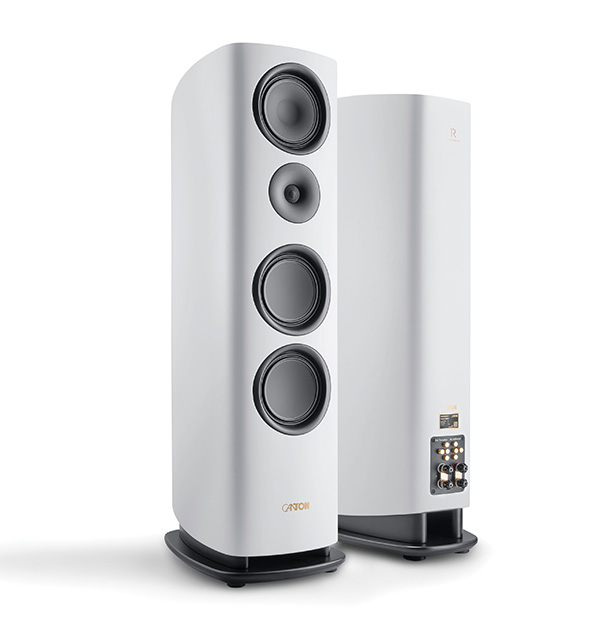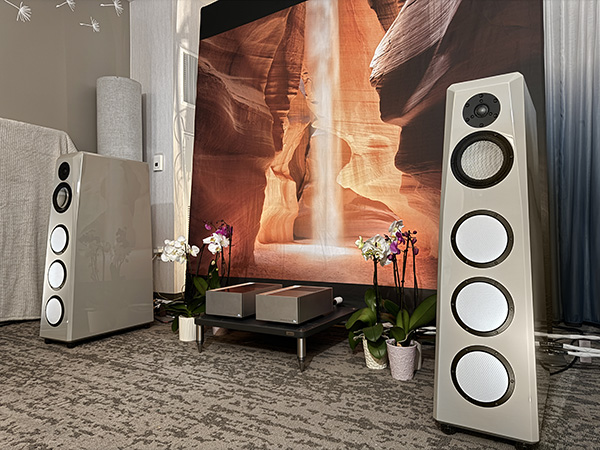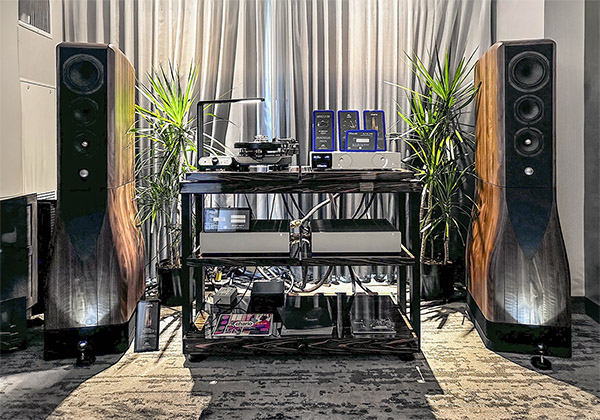
Wattson’s Madison Amplifier Debuts with CH Precision DNA, Magico Brawn
Wattson’s Madison Amplifier Debuts with CH Precision DNA, Magico Brawn

- Read more about Wattson’s Madison Amplifier Debuts with CH Precision DNA, Magico Brawn
- Log in or register to post comments




